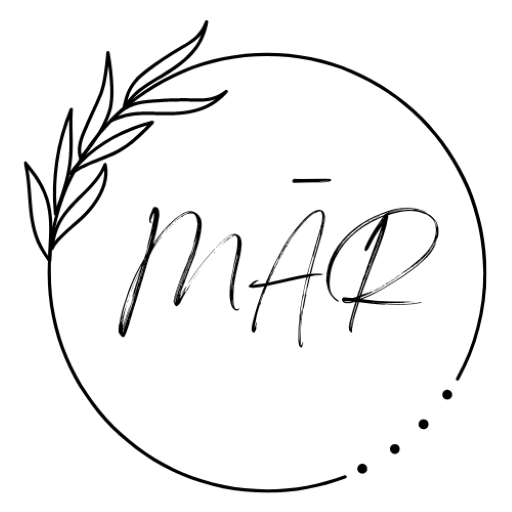For decades, the brain has been viewed as a machine powered by electrical impulses and neurotransmitters. But what if it is more than that–what if it also uses light?
Yes, real light—faint, ultra-weak light emissions called biophotons.
Your body is literally glowing right now, emitting ultra-weak light signals that nerve cells use to coordinate healing.
The Healing Power of Light
These light signals may be important in healing.When a cell is injured, some scientists believe that it emits bursts of light to signal distress, like sending an SOS beacon. Think of how your body instinctively repairs a scraped knee by directing immune cells and nutrients to the injury site. Neurons might employ a similar strategy, using light to initiate repair.
Some scientists propose that different wavelengths of biophotons generated in the body may activate different healing mechanisms, helping cells repair themselves.
Scientists are actively exploring light therapy as a potential treatment for conditions such as Alzheimer’s disease, Parkinson’s disease, depression, brain injuries, and stroke. If external light can help heal the body, it may be possible for the light that we generate within ourselves to have similar restorative power.
The relationship between light and cellular function isn’t limited to healing—it also marks the very beginning of life. Astonishingly, scientists have captured actual images of what happens when an egg and sperm cell meet for the first time: A burst of light is emitted.
This flash, often called the “zinc spark,” signals the start of a new life. It’s as if cells recognize each other through light before they even begin dividing.
Do We Suck Light Out of Food?
If biophotons are the language that our bodies use to communicate, then our choices—our diet, environment, thoughts, beliefs—may determine the clarity of that conversation.
Plants capture the energy from sunlight and store it in chemical bonds through photosynthesis. When you eat plants, those bonds break and reorganize in the body, releasing energy that fuels your body.
Just like neurons produce light, we extract light from food—electrons shifting between energy states as food breaks down in our bodies.
Is the energy we obtain from food is fundamentally light energy? This concept aligns with Albert Einstein’s famous equation, E = mc² (or energy equals mass multiplied by the speed of light squared)—which reveals that mass itself is a concentrated form of energy. Therefore, even though food has physical mass, it is ultimately stored sunlight.

